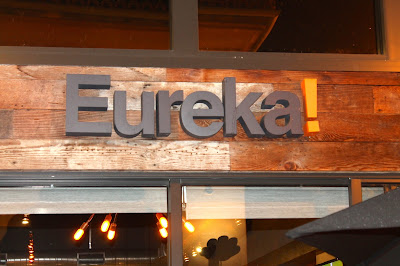“Raptors”
is a word given wider accessibility because of Jurassic Park when the clever
thinking raptor dinosaurs decided to attack the humans killing that Australian
dude. That notwithstanding, raptors are actually birds of prey, meaning they
eat meat. Yes, some birds are vegetarians,
but for raptors, meat is what’s for dinner. The official definition: A raptor
is a bird of prey that uses its sharp talons to catch and kill live animals. The
word raptor comes from the Latin word rapere which means “to snatch or
grab.” According to the Ojai Raptor Center
people often group Vultures into this category but they are not genetically
related (the birds, not the people), and do not hunt live prey.
The
Ojai Raptor Center (ORC) opens their doors to the public twice yearly and it is
a fantastic chance to see these rehabilitated birds up close, within a few feet
actually, and marvel at the stunning grace, agility, beauty and all around
wonder of these birds. I recently visited, and the next time they open up, you
should too.
The
fee is a mere $5 per person, about the cost of a lame Starbucks coffee drink –
and you get way more. The ORC is housed in what used to be an honor farm –
a place for juvenile delinquents - and now is home to multiple non-profits, of which
ORC holds a great place with open aviaries, a small theatre, a Kids Corner and
a stage. There are bird pelts (which you can touch), live birds, and eggs on
display and this is meant to be a place of wonder, a place to connect with the
best of nature and remind ourselves that we as humans, though probably smarter
and more able to use logic, pale in comparison to the sheer beauty and jaw
dropping efficient design of these birds who actually have to hunt for their
food, not sit at a drive-thru.
All of the birds at ORC are birds that have suffered some injury and are being rehabilitated in Ojai, given new life and a reimagined purpose. What’s great is that each bird has a name and the caretaker for that bird, perched on their gloved hand, knows virtually everything about their bird. No, you can’t pet them (again, the birds, not the people), but you can get closer than you ever could in the wild.
All of the birds at ORC are birds that have suffered some injury and are being rehabilitated in Ojai, given new life and a reimagined purpose. What’s great is that each bird has a name and the caretaker for that bird, perched on their gloved hand, knows virtually everything about their bird. No, you can’t pet them (again, the birds, not the people), but you can get closer than you ever could in the wild.
 |
| The wingspans on some birds is bigger than me! |
























